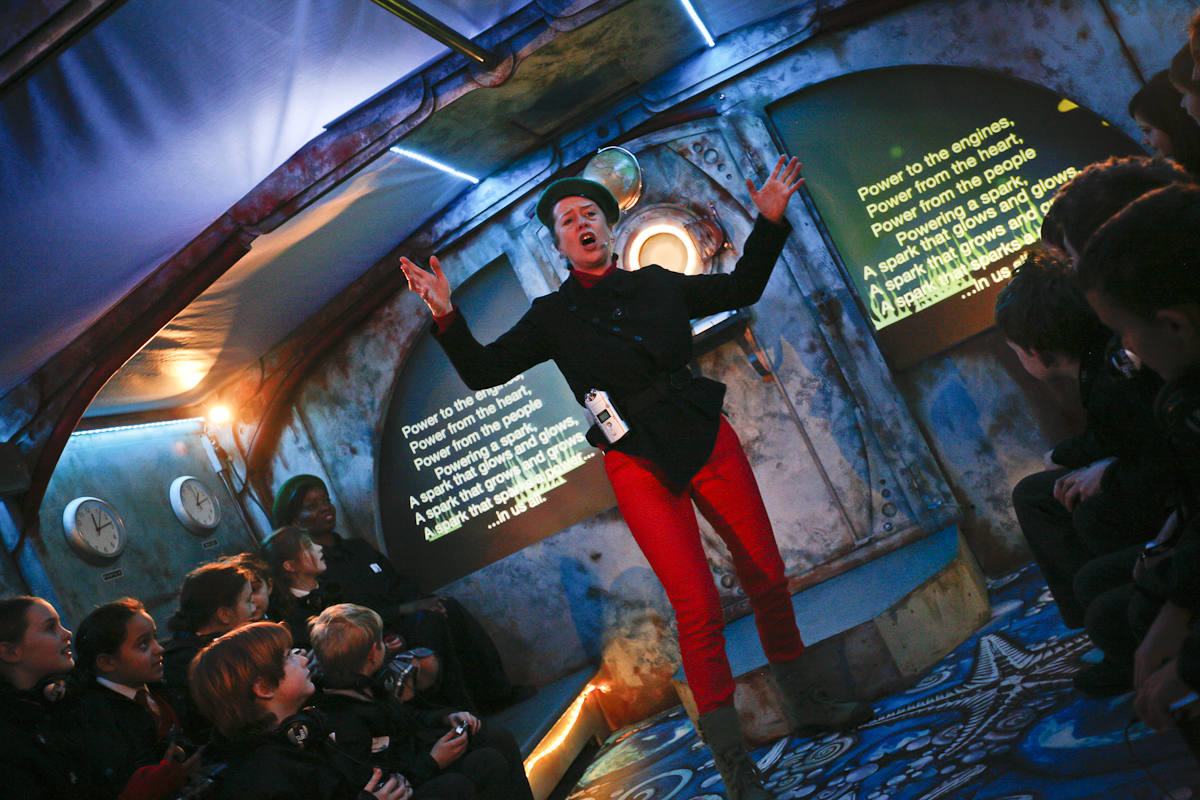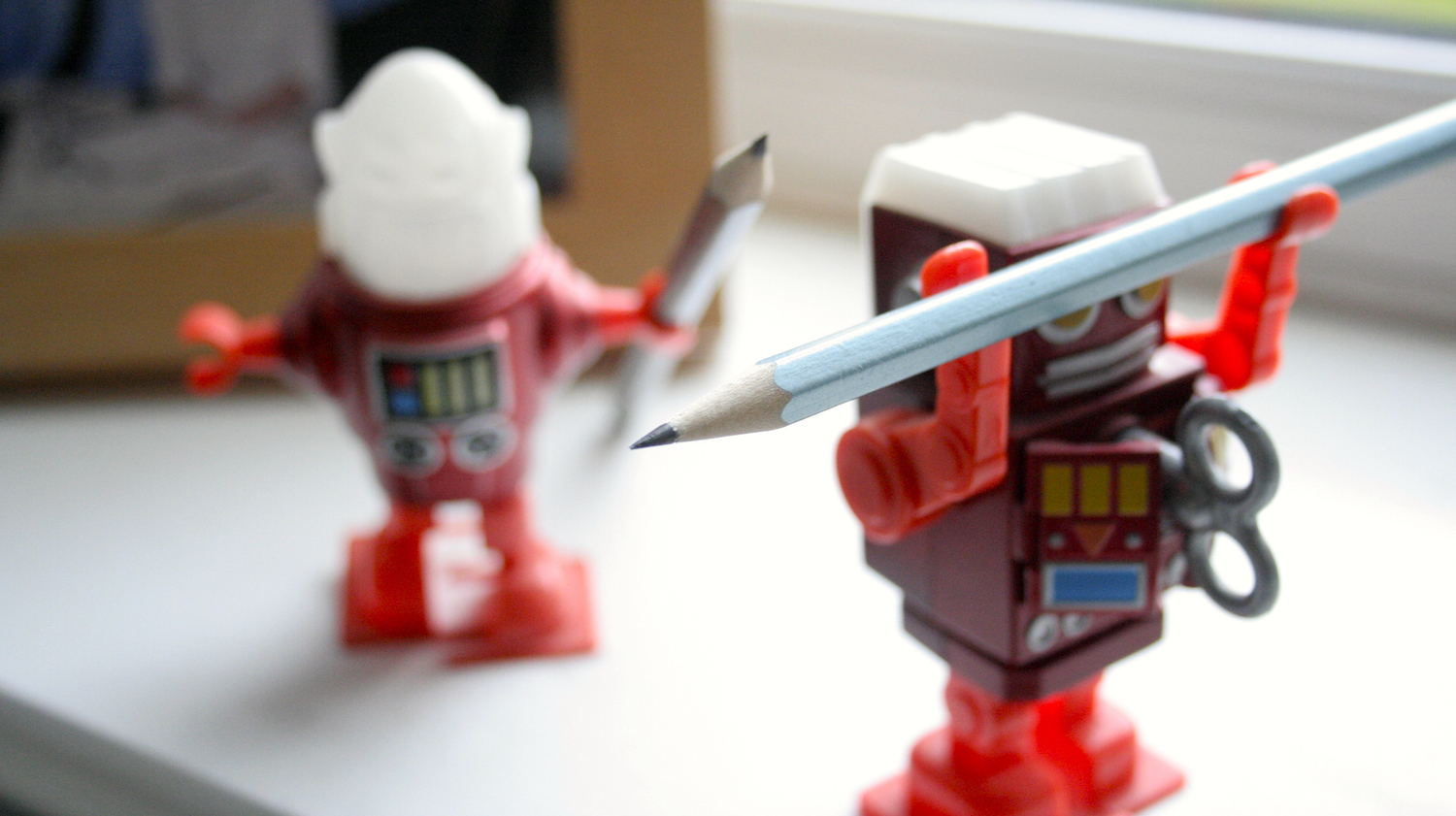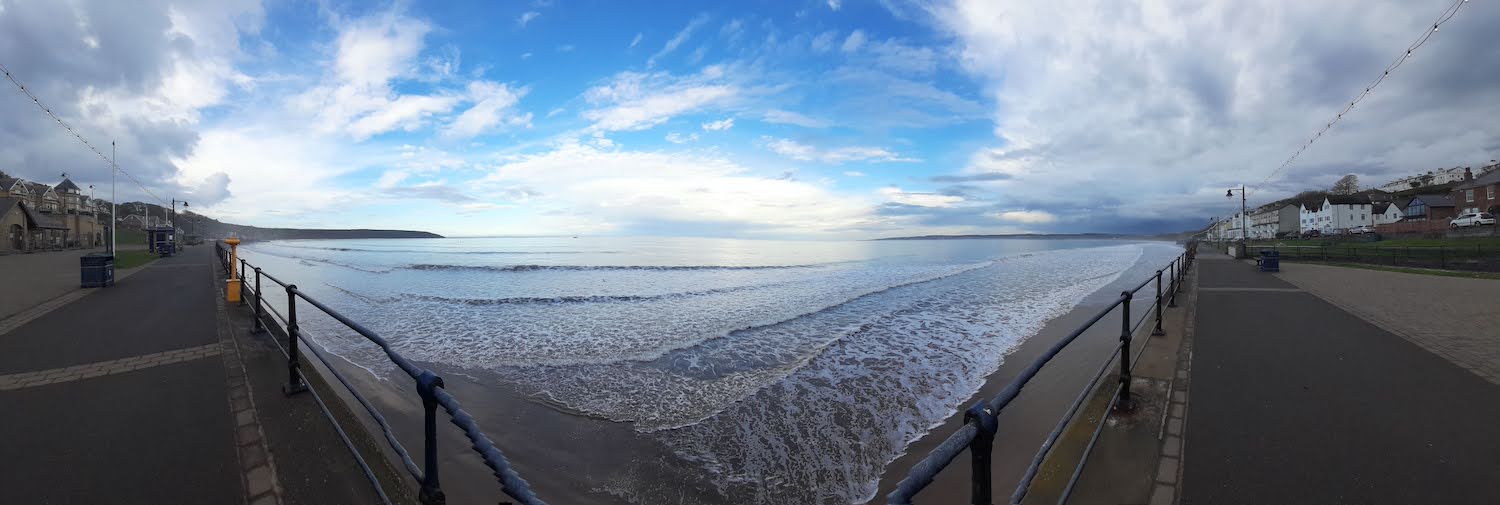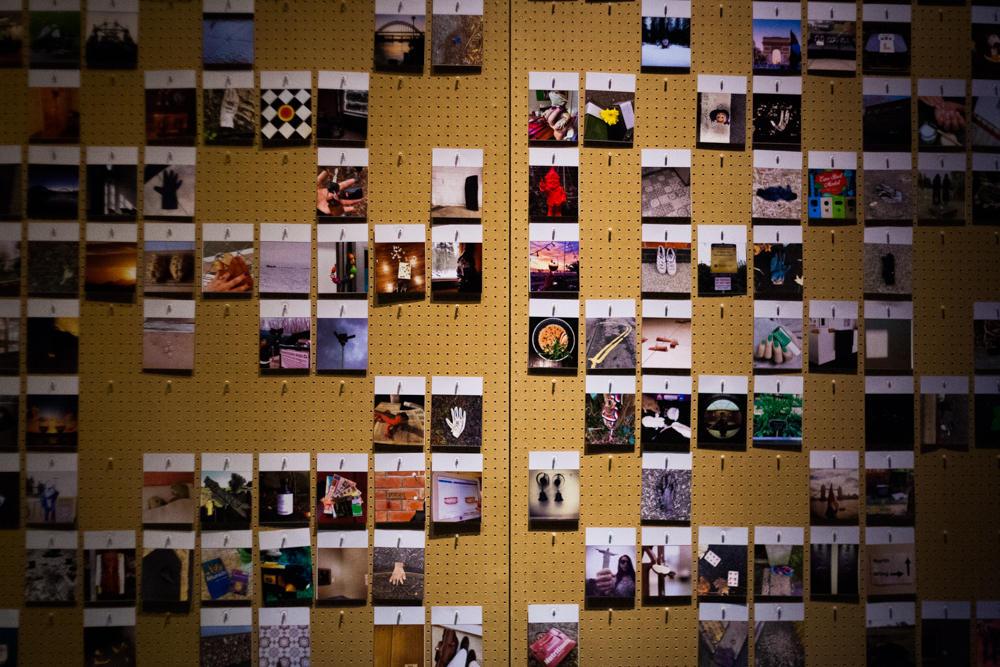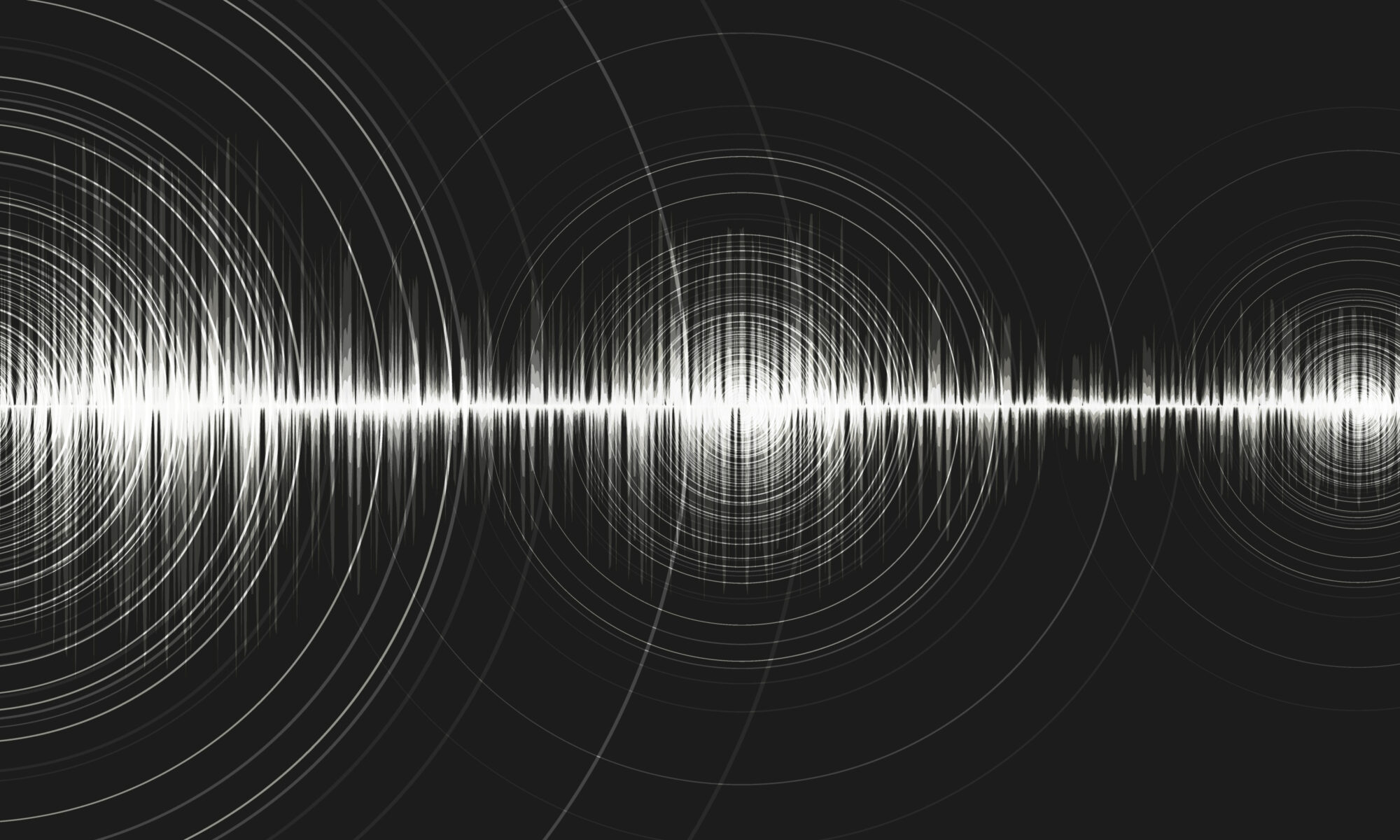In the last couple of weeks, I was working on a pitch for a children's show, and that pitch included some new songs made with lyrics provided by the (potential) client. Also, as part of the pitch, I included some songs from previous projects that showed some range in style, tone and orchestration. When I …
Continue reading "A Trip Down Memory Lane"
Scientists have used a simple, repeating piano chord to help reduce nightmares
I heard, not so long ago, that Martha Wells' Murderbot Diaries book series had been picked up for TV Adaptation. And so, I'm writing the soundtrack for it.
I composed another demo track for Arturia, this time for the launch of their upgraded Pigments synth and using sounds from the Expressive Explorations sound pack. Listen to 'Aeon of Ascension' here along with a track breakdown.
Arturia asked me to create some music to demonstrate the range of a couple of their new soundpacks - and here they are below, along with appearing on their website. Arturia is a music hardware and software company, and these collections of sounds were a real pleasure to use to compose the following tracks: Haruto's …
Continue reading "Music for Arturia – Analog Lab Play and Inward Universe Soundpacks"
Whatever you might think of The Crown, the big-budget Netflix show about the royals of Britain, there’s no denying it’s got a cracking score. In the first season, it fell decidedly within the Zimmer camp. Gregson-Williams' score wouldn’t have been out of place in Inception or Blue Planet. Sweeping strings alongside tasteful synths with a …
Continue reading "Haunting, Mournful Horns in Netflix’s The Crown"
In the last few months, I've spoken at three events on panels about composing for media. Writing Music for Other People (Ivors Academy/PRS, Leeds) Composing Music for Media at the Yorkshire Music Forum Conference (Ivors Academy, Leeds) Composing Music for Children's Media at the Ivors Academy Media Conference (Ivors/PRS, London) There were many questions in …
Continue reading "Speaking at Three Q&A Panels in 2023"
Welcome to the busy world of media composition, where deadlines and pressure can be overwhelming - but only if you let them. As a composer, I’ve learned valuable techniques to manage stress and find balance. Here I’ll share my journey and reveal strategies that have made a practical impact on my creative process. Get ready …
Continue reading "Finding Harmony Amidst Chaos: Strategies for Managing Stress in Freelance Media Work"
It seems to me, from my limited experience on this earth (with pinches of salt for you at the ready) that there are a few qualities that really define a great director. These four qualities, taken together in balance, seem to be the essentials. There are other qualites that are definitely nice-to-have, but over the …
Continue reading "The Four Quintessential Qualities of a Great Director"
I'm not quite sure how I feel about music composition AI. As a composer for commercial media, it would make sense for me to be against it. And yet, I really want to try collaborating with it. Conflicted much?

